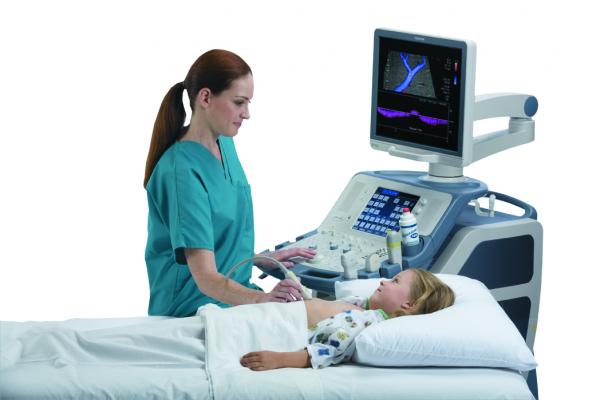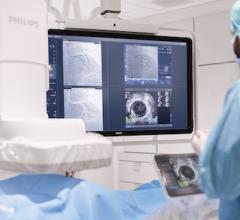
July 3, 2012 — Despite the rising incidence of peripheral arterial disease (PAD), there has been little data available on the prevalence and clinical correlates of sub-clinical atherosclerosis in the peripheral arteries in large population-based samples. Researchers at NewYork-Presbyterian/Weill Cornell Medical Center, led by primary investigator Dr. Ingrid Hriljac, have addressed this gap by performing ultrasound exams of the popliteal (behind the knee) and carotid arteries in the fifth examination of the Strong Heart Study (SHS), which included 3,240 members of 65 multi-generation families. The Strong Heart Study (SHS) is an epidemiologic survey of cardiovascular risk factors and disease in 13 native American tribes in three regions, with initial exam of 4,549 participants from 1989 to 1992.
A poster based on the study, which looked for the presence and degree of popliteal arterial plaque as a predictor of atherosclerosis throughout the arteries of the body. This poster will be presented on Sunday, July 1 from 9:30 a.m. to 4:30 p.m. in the exhibit and poster hall during the American Society of Echocardiography (ASE) 23rd Annual Scientific Sessions. Investigators will be available in the hall from 12:15 p.m. to 1:45 p.m. The ASE Scientific Sessions will be held from June 27 through July 3, 2012, at the Gaylord National in National Harbor, MD.
According to Dr. Hriljac, researchers found that in a young population (<40 years old) with high prevalence of obesity and diabetes, popliteal artery atherosclerosis is prevalent and independently associated with older age and greater leakage of albumin in the urine (known as albuminuria) — a known marker of end organ damage in diabetes. This study was able to provide a link between urinary albuminuria and severity of atherosclerotic plaque burden in the popliteal arteries. These findings also support albuminuria as a marker of disease of large lower extremity arteries as well as of small vessel disease in young individuals with type 2 diabetes.


 December 23, 2025
December 23, 2025 









